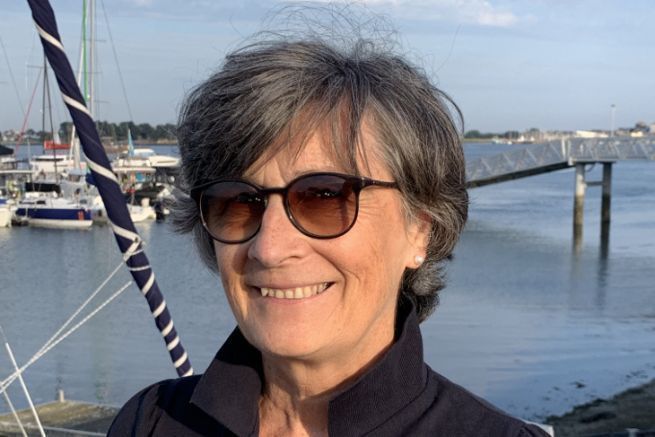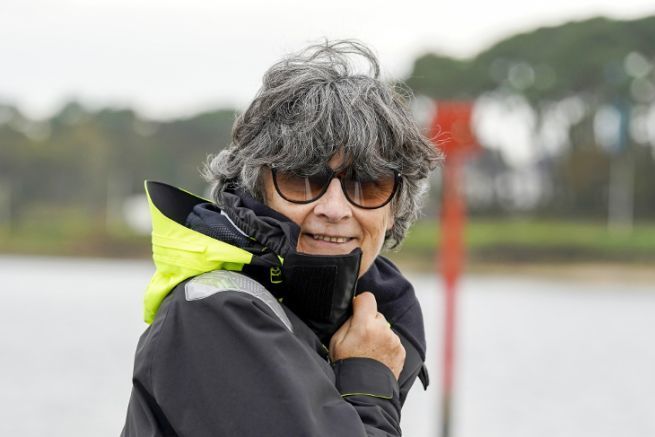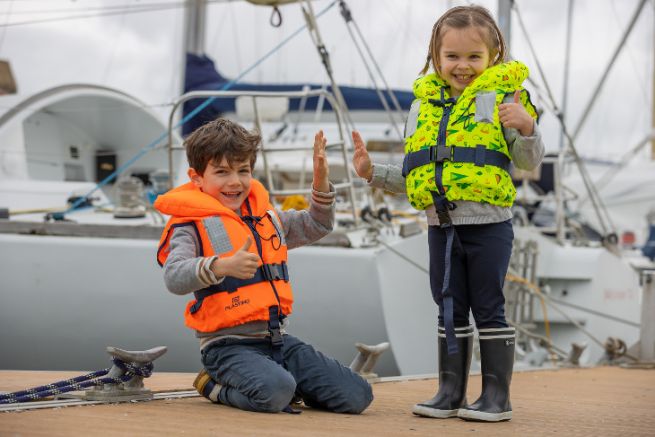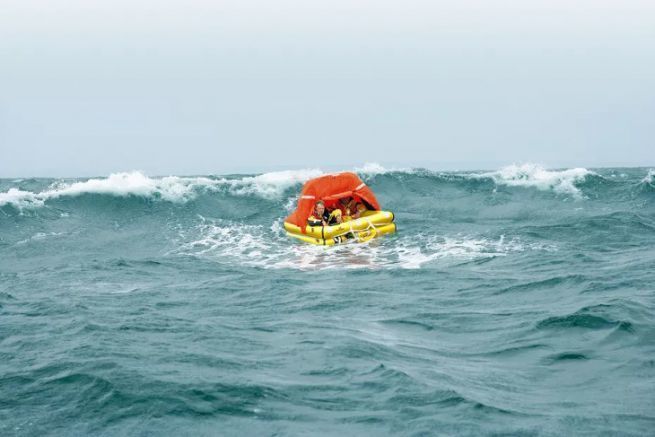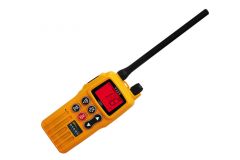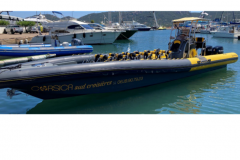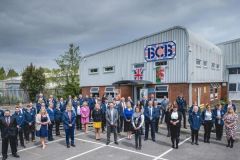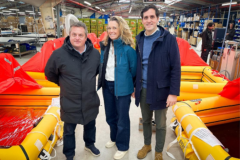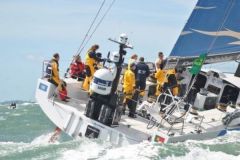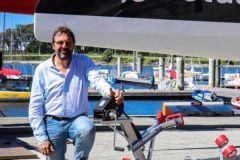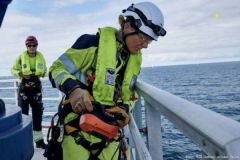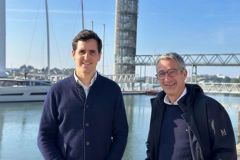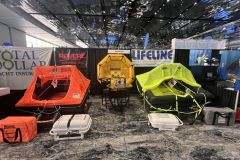Cathy Millien, who joined Plastimo in 1979, is in a privileged position to witness the evolution of the marine safety equipment sector, in which the Lorient-based brand is a major player. She shares with BoatIndustry her thoughts on the changes in the field.
How has the perception of safety equipment at sea evolved for you since you started in the industry?
I think it has to do with changes in everyday life. When I was a child and we used to rollerblade, we didn't wear elbow pads, knee pads or helmets. Today, we can't imagine a child riding a scooter without a helmet. Safety is everywhere on a daily basis. When you put a fluorescent vest on a bike in town, no one questions the ridiculousness. It's the same with the life jacket on board a boat, whereas 10 years ago, we were afraid of the look of others. The lifejacket is seen as a piece of personal equipment that you carry in your bag, just like your boots, gloves or watch jacket. Safety is not an option.
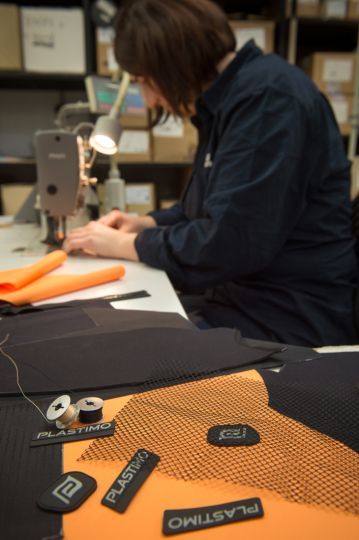
How does this translate into product design and sales?
Today, personal safety is becoming more and more about clothing. For a life jacket, we work on the style, the look and the colors, but also the ergonomics. We think about the weight, the neckline, the strap so that the weight is well distributed and does not weigh down the neck. 15 years ago, our thinking was almost exclusively operational: the vest had to allow you to float and be spotted... But it still had to be worn and not in the trunk! Today, in addition to the mandatory functionality, we take care of the material effects, the colored borders, we follow the trends and the high-tech materials with designers working in other outdoor activities. These are all elements that make the vest effectively worn.
The life raft is also an interesting product to communicate about. It is a product that is not very nice: you are obliged to buy it, it costs money to buy it, it costs money to repair it, you trust it without knowing what is in the box and you hope you will never use it! But we are far from an inflatable swimming pool of garden: it is an extremely technical product, each valve, each flap has a precise function and with the percussion, we do not have the right to the error. It is also a product on which the Plastimo Design Office works a lot, but the innovations are not visible... So when I have the opportunity to explain all this, or to comment on the manufacturing during a factory visit... I enjoy it: there is so much to discover on a life raft.

In your opinion, what are the major developments in safety at sea that the sector has experienced during your career?
The first is the evolution of the vest with the appearance of the inflatable vest. It has become more comfortable to wear and its price has dropped significantly. Thanks to this, people are now wearing their vests.
The other equipment is the individual distress beacon. It has become almost standard. Individual beacons have benefited from the same miniaturization as the telephone, which went from the GSM of the 1990s to the current cell phone: the same evolution with more performance, less clutter and for a reduced price. It is no longer necessary to do without. Overall, there is no excuse!

 /
/ 

